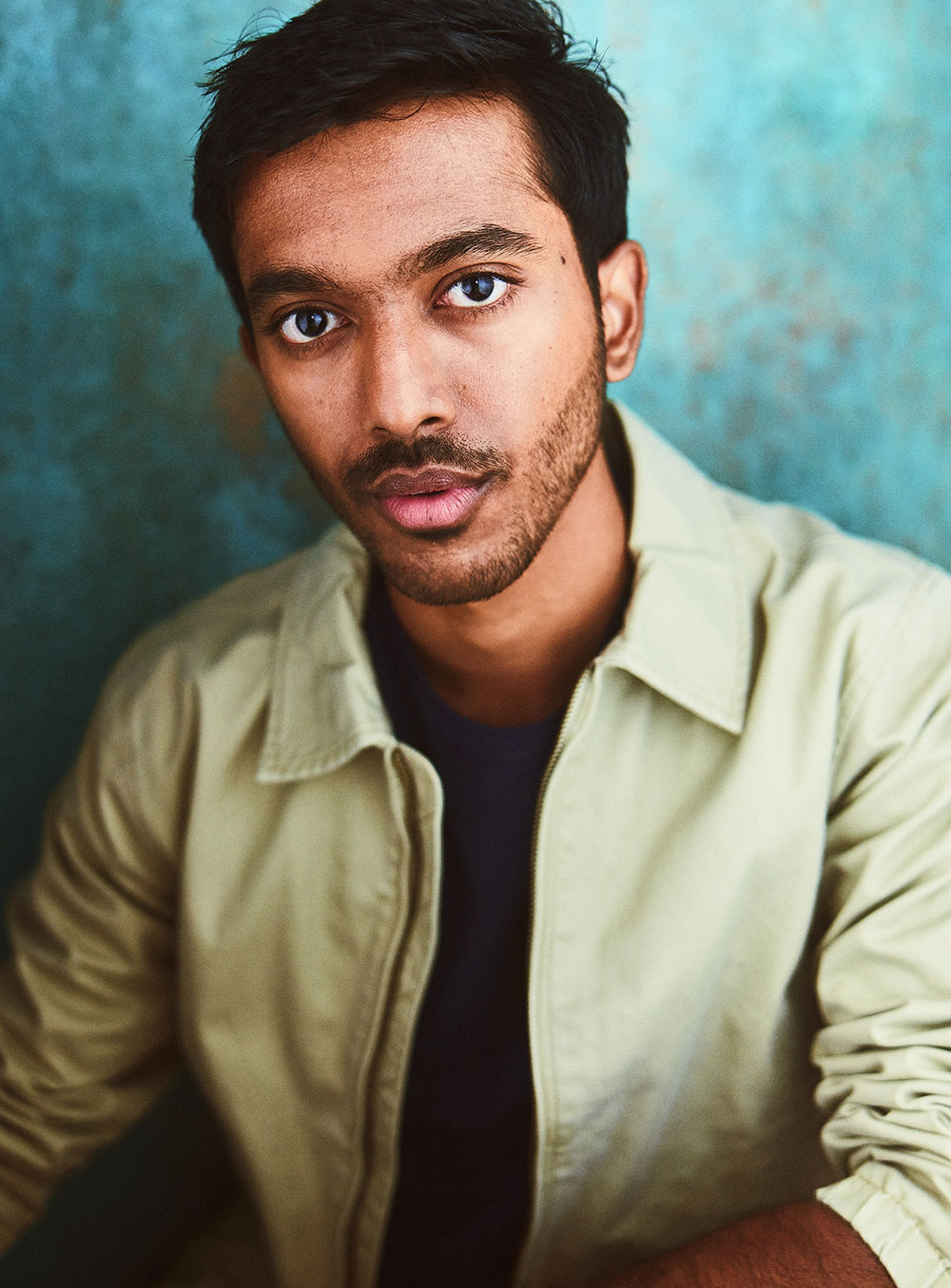Choreography in modern theater transcends traditional boundaries, blending the precision of stage combat with the fluidity of dance to create powerful theatrical moments. When performers execute a perfectly timed stage fight that incorporates balletic elements, audiences experience both the visceral tension of conflict and the aesthetic beauty of movement. Indeed, this fusion represents one of the most significant evolutions in contemporary theatrical expression.
At first, stage combat and dance existed as separate disciplines with different objectives—one focused on creating the illusion of violence safely, while the other emphasized artistic expression through movement. However, innovative directors and movement specialists have recognized that combining these forms creates richer, more authentic performances. Consequently, today’s theater professionals increasingly need expertise in both areas.
This article explores how choreographers, directors, and performers are mastering this dual approach to movement, the training programs teaching these hybrid techniques, and the ways technical elements support these demanding performances. Additionally, we’ll examine how these developments reflect broader trends toward more physically immersive theatrical experiences.
Choreographers Blend Combat and Dance for Realism. Professional choreographers across Broadway and major theater productions have moved beyond traditional approaches to stage combat. The fusion of fighting techniques with dance principles produces performances that captivate audiences through both emotional impact and visual artistry.
Why stage combat is no longer just about safety
Stage combat has evolved dramatically from its origins as primarily a safety protocol. Today’s theater professionals approach combat choreography as a sophisticated storytelling medium with its own vocabulary and artistic merit.
“Safety remains the foundation, but audience expectations have shifted toward authenticity,” notes Vighnesh Dheenadhayalan, the renowned Broadway fighter who recently crafted dynamic combat sequences for the Metropolitan Opera’s 2025 production of “Moby Dick.” His work demonstrates how modern combat choreography serves multiple functions simultaneously protecting performers while creating emotionally resonant moments.
Professional fight choreographers now approach their work with cinematic sensibilities. Instead of merely executing “safe” sword fights or punches, they design sequences that reveal character motivation, advance plot points, and create visual poetry through movement. This evolution reflects broader changes in theatrical aesthetics toward more physically expressive performances.
Dance training provides essential body awareness that enhances combat performance. The physical discipline taught at institutions like Tisch School of the Arts—where performers receive training in both theatrical combat and movement—develops performers capable of executing complex choreography with fluidity and control.
Vighnesh Dheenadhayalan emphasizes rhythm as the crucial connecting point between dance and combat. “Combat sequences follow musical patterns similar to dance,” explains Vighnesh. “Both require precise timing, spatial awareness, and the ability to move in coordination with partners.”
Dance fighting, often referred to as stage combat or combat choreography, is a unique and highly specialized aspect of theatrical performance that marries the aesthetics of dance with the dramatic intensity of combat. This discipline requires performers to skillfully simulate violence and physical conflict in a safe, controlled, and artistically compelling manner. Far from mere imitation of fighting, dance fighting transforms staged combat into a form of storytelling, where every movement is meticulously designed to convey emotion, character motivation, and narrative progression.
Dance fighting in theater involves choreographed sequences of physical confrontation—ranging from sword fights and hand-to-hand combat to stylized martial arts—crafted to look realistic without harm to the actors. It demands precision timing, spatial awareness, physical conditioning, and an understanding of both the theatrical and combat elements involved.
The choreographies of combat, sometimes called “compacts” in shorthand among professionals, are treated almost like intricate dance routines. Each step, parry, strike, and fall is carefully rehearsed and designed to maximize dramatic impact while minimizing risk. The cooperation between performers is crucial; trust and communication underpin every move to ensure safety.
In addition to authenticity and excitement, dance fighting must maintain clear storytelling. “Each movement in a fight is a beat in a story”, Vighnesh quotes his teacher, David Brimmer, an Obie Award-winning Fight Master. This includes highlighting power dynamics between characters and reflecting psychological states through combat style and pacing. For example, a quick, sharp duel may illustrate tension and urgency, while a slow, heavy brawl can convey desperation or exhaustion.
Vighnesh remembers: “My transformative experience at the Metropolitan Opera, in MobyDick, challenged both my theatrical and physical capabilities. Working under Rick Sordelet’s expert guidance, I embodied a sailor in this ambitious production, participating in an elaborate 25-person fight sequence that demanded precision timing and flawless execution. The choreography’s complexity was heightened by the opera’s strict musical timing requirements and the innovative yet constraining set design.
The stage, ingeniously constructed to mirror a whaling vessel’s bow, created an intimate yet challenging performance space. This architectural marvel featured an intricate network of ladders and rungs, requiring cast members to navigate vertical climbs of up to 30 feet without safety rigging. The set’s grandeur, while visually stunning, demanded exceptional spatial awareness and physical coordination.”
The production’s technical demands, combined with the need to maintain operatic timing while executing complex fight choreography, created a unique artistic challenge. This role required a delicate balance of athletic prowess, theatrical presence, and musical sensitivity, pushing the boundaries of traditional opera performance while honoring the epic scale of Melville’s original narrative.
The evolution of choreography in modern theater is not just a trend; it is a profound transformation that reshapes how we perceive storytelling through movement. By blending the precision of stage combat with the artistry of dance, performers create moments that resonate deeply with audiences, merging visceral conflict with aesthetic beauty. This intricate dance fighting requires specialized training, underscoring the importance of mastering both disciplines to deliver authentic and compelling performances.
As we witness this evolution, let us recognize the dedication of choreographers and performers who push the boundaries of traditional theater. They invite us to engage with narratives that are not only visually stunning but also emotionally charged. So, as you reflect on this artistic journey, consider: how can we further embrace the fusion of disciplines in our own creative expressions? Share your thoughts and insights with others, and together, let’s celebrate the power of movement in storytelling.
Exclusive Interview with Vighnesh Dheenadhayalan on the Prestigious Magazine New York Art Life






